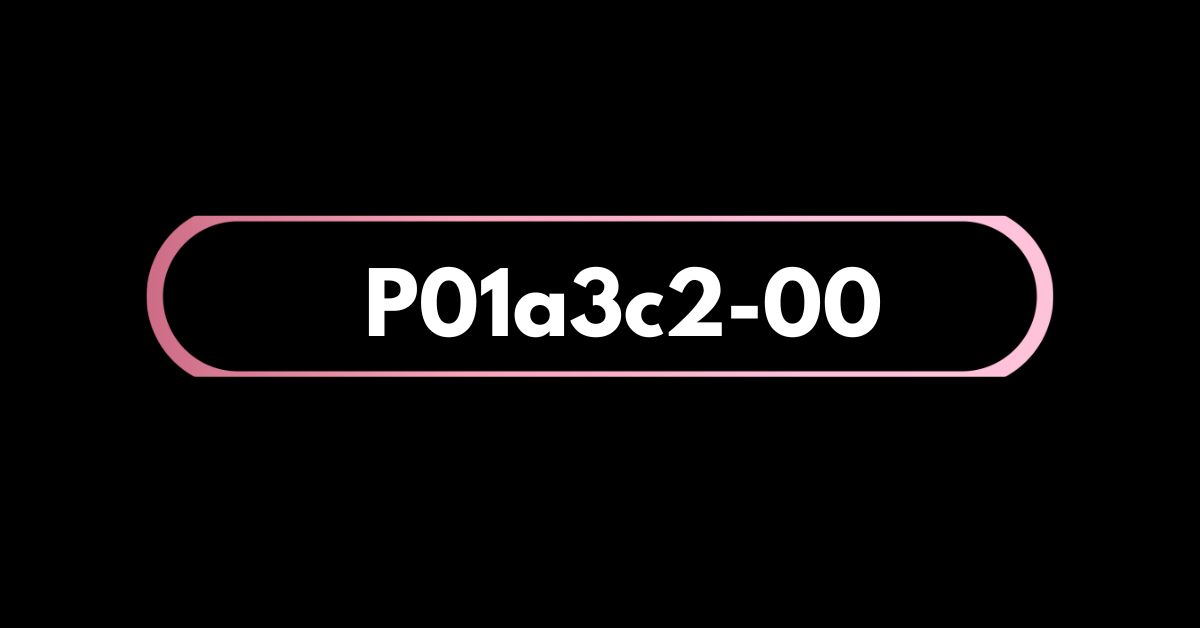Contents
Replacing a relay can often seem like a daunting task, especially when dealing with complex machinery or systems. The JD133B relay, a commonly used component in industrial and automotive applications, is no exception. It plays a crucial role in managing electrical circuits and ensuring that various parts of a system function properly.
Whether you’re replacing a malfunctioning JD133B relay in a vehicle, industrial machinery, or other equipment, understanding how to correctly replace it can save time, money, and prevent further damage to your system. This article will provide a thorough guide on JD133B relay replacement, covering its function, signs of failure, the replacement process, and troubleshooting tips to ensure your system works optimally.
Understanding the Role of JD133B Relay
A relay is an electromechanical switch that opens and closes contacts in an electrical circuit. The JD133B relay is widely used in various systems due to its reliability and performance. It is designed to handle a variety of tasks, including controlling high-power circuits through low-power signals. The JD133B relay is often found in applications where it is necessary to control a large amount of power with minimal current input, making it an essential component in automotive and industrial machinery.
Its primary function is to allow an electrical signal to control the switching of a circuit. For example, in vehicles, relays like the JD133B control the operation of components such as lights, fans, and fuel pumps. In industrial machinery, the JD133B relay can control motors, sensors, and other electrical devices, ensuring that operations run smoothly without overloads or system failures. Without this relay, these systems would struggle to function efficiently or safely, making its proper operation critical.
Common Symptoms of a Failing JD133B Relay
A malfunctioning JD133B relay can cause significant disruptions in the performance of the system it supports. The most common symptom of a failing relay is erratic or non-functioning electrical components. For example, if your vehicle’s lights or fans are not responding as expected, it may indicate an issue with the relay. Similarly, in industrial machinery, the failure of motors or sensors to operate could be traced back to a malfunctioning JD133B relay.
Other signs of a faulty JD133B relay include intermittent power loss or failure to activate certain circuits, strange sounds when trying to operate the system, or an increase in electrical resistance. If you notice any of these symptoms, it is essential to address the problem immediately. Ignoring a faulty relay can lead to further damage to the electrical system, resulting in more expensive repairs and longer downtime.
How to Replace the JD133B Relay
Replacing a JD133B relay requires some technical knowledge and attention to detail. However, with the right tools and instructions, the process can be straightforward. First, ensure that the power is turned off before attempting to replace the relay to avoid any electrical hazards. Then, locate the faulty relay in the circuit. In vehicles, this may be in the fuse box or under the hood. In industrial machinery, the JD133B relay could be part of a larger control panel. Once you have located the relay, remove the old one by disconnecting the wiring connections and pulling the relay out of its socket.
It is important to carefully document the wire connections or take a picture to ensure you can correctly wire the new relay in the same manner. After removing the old relay, insert the new JD133B relay into the socket, making sure it is seated properly.Reconnect the wiring, ensuring all connections are secure and in the correct positions. Once the relay is in place, restore power to the system and test the circuit to ensure that everything is functioning correctly. If the system works as expected, the relay replacement has been successful.
Important Considerations When Replacing a JD133B Relay
While replacing a JD133B relay may seem simple, there are a few key considerations to keep in mind to avoid issues during the process. First, it is crucial to ensure that the replacement relay is compatible with your system. The JD133B relay comes in different versions, so make sure that the specifications match those required by your machinery or vehicle. Using the wrong relay can cause improper functionality or even damage to the electrical components. Another consideration is the quality of the replacement relay. It is always advisable to choose a high-quality replacement part from a reputable manufacturer to ensure longevity and reliability. Cheap, low-quality relays may wear out quickly or fail to perform as needed, resulting in additional repairs down the road.
Finally, always follow the manufacturer’s instructions for relay replacement, as certain systems may require specific procedures or precautions. Failure to adhere to these guidelines could lead to faulty wiring or improper installation, compromising the overall performance and safety of the system.
Testing the New JD133B Relay
After installing the new JD133B relay, it is essential to test the system to ensure everything is working correctly. Turn on the electrical system and check the components controlled by the relay to confirm they are functioning as expected. For instance, if the relay controls the vehicle’s headlights, test the lights to see if they turn on properly. Similarly, in industrial machinery, test the operation of motors or sensors connected to the relay.
In addition to functional testing, it is also important to check for any abnormal sounds, overheating, or signs of electrical resistance. If the system is working smoothly without any issues, the relay replacement has been successful. If you encounter problems, double-check the wiring connections or consider troubleshooting other components in the circuit to identify any underlying issues.
Troubleshooting Common Issues After JD133B Relay Replacement
Even after replacing the JD133B relay, some issues may persist if there are underlying problems with other parts of the electrical system. If the system still fails to function properly, it is important to troubleshoot other components. One common issue is a loose or corroded connection, which could interfere with the relay’s ability to perform its job. Inspect the wiring and terminals for signs of wear or corrosion and clean or replace as necessary.
Another issue could be a faulty fuse, which may have been blown due to an electrical surge or overloading. Check the fuses in the system and replace any that are damaged. Additionally, if the new JD133B relay is still not working as expected, it is worth testing the electrical circuit with a multimeter to check for voltage irregularities or shorts that could prevent proper relay function.
When to Seek Professional Help
In some cases, relay replacement can be more complex, especially in intricate machinery or advanced automotive systems. If you have followed all the steps for replacing the JD133B relay and the system still isn’t functioning properly, it may be time to seek professional help. An experienced technician will have the tools and expertise to diagnose and repair any underlying issues that may be affecting the relay’s performance. If you are unsure of your ability to perform the replacement, don’t hesitate to consult a professional to avoid causing further damage.
The JD133B relay plays a crucial role in ensuring that electrical systems operate efficiently and safely. Replacing a malfunctioning JD133B relay can restore functionality to a variety of systems, from vehicles to industrial machinery. By understanding the signs of failure, following the proper replacement steps, and considering important factors such as compatibility and quality, you can successfully replace the relay and prevent further disruptions.
Remember to test the system thoroughly after replacement and troubleshoot any remaining issues to ensure optimal performance. Whether you’re a DIY enthusiast or a professional technician, this guide provides the essential knowledge to tackle JD133B relay replacement with confidence.
FAQs
How do I know if my JD133B relay is faulty?
If your electrical system is malfunctioning—such as components not turning on, erratic behavior of lights, or power failure—these may be signs of a faulty JD133B relay. Common symptoms include non-responsive circuits or electrical components failing to operate as expected.
Can I replace the JD133B relay myself?
Yes, replacing the JD133B relay is a manageable task if you have some basic knowledge of electrical systems. Be sure to disconnect power before beginning the replacement, and follow the instructions carefully. If you are unsure or lack experience, it’s advisable to consult a professional.
How do I choose the right replacement JD133B relay?
When selecting a replacement, make sure the specifications match those required for your system. Look for the correct voltage, current rating, and other compatibility features. It’s best to choose a high-quality relay from a reputable manufacturer to ensure durability and performance.
What should I do if the new JD133B relay isn’t working?
If the replacement relay is not functioning correctly, double-check the wiring connections to ensure they are secure and properly placed. Also, inspect for any blown fuses or wiring damage that could be affecting the circuit. Testing the electrical system with a multimeter can help pinpoint any issues.
Is it necessary to replace the JD133B relay with an exact match?
Yes, using an exact match is important for ensuring proper functionality and avoiding system issues. A different relay could have different ratings or operating characteristics that may cause your system to malfunction or even damage components. Always use a compatible relay as specified by the manufacturer.











